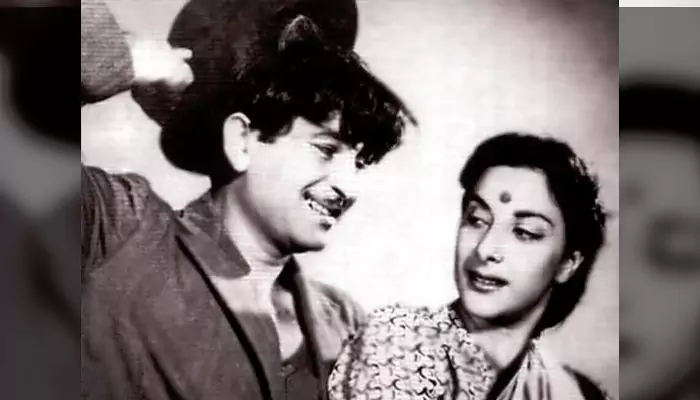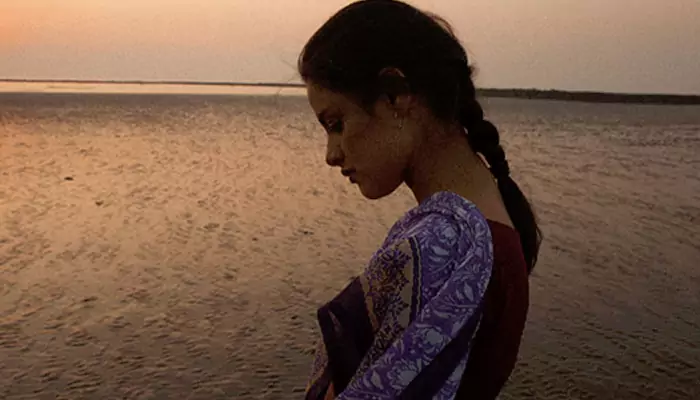Before Payal Kapadia' s All We Imagine As Light, 7 Indian Films Nominated For Palme d'Or At The Cannes
- Admin
- 1 year ago
- 3 minutes read

Out of the Indian films selected for the Cannes' competition section, only Chetan Anand,’s 'Neecha Nagar' has won the Palme d'Or.
The India pavilion, since its inception in 1946, has got enough recognition at the Cannes Film Festival. The first film to gain recognition at the Cannes was the 1946 social-realistic film Neecha Nagar, and it bagged Palme d'Or at the first Cannes. In 1955, Naaz got Special Mention (child actress) for Boot Polish by Prakash Aurora. In 1956, Satyajit Ray's Pather Panchali was honoured with the Best Human Document Award. Same year, Gotoma the Buddha by Rajbans Khanna got Special mention for Best direction. In 1983, Mrinal Sen's directorial Kharij was awaited the Jury Prize. In 1988, Mira Nair's Salaam Bombay! won the Caméra d'Or.
Now, after a wait of almost three decades, an Indian film is in competition for the Palme d'Or at the upcoming Cannes Film Festival, and the project is writer-director Payal Kapadia's All We Imagine As Light. For the honour, she is competing with the celebrated names in world cinema, including Francis Ford Coppola (Megalopolis), Sean Baker (Anora), Yórgos Lánthimos (Kinds Of Kindness), David Cronenberg (The Shrouds), Andrea Arnold (Bird), Paul Schrader (Oh Canada) apart from Jacques Audiard (Emilia Perez) and Paulo Sorrentino (Parthenope), and many more.
But in the past 77 years of Cannes, only a few Indian films have been able to get into Competition. While Chetan Anand’s Neecha Nagar (1946) won the honour, others were nominated but could not bag the award. Check out the nominated titles for the Palme d'Or at Cannes over the years before Payal Kapadia's All We Imagine As Light:

Neecha Nagar
The 1946 Hindi film, directed by Chetan Anand, written by Khwaja Ahmad Abbas and Hayatullah Ansari, and backed by Rashid Anwar and A. Halim, talked about social realism in Indian cinema, and led the way for parallel cinema films. The film was a Hindi film adaptation of Russian writer Maxim Gorky's 1902 play The Lower Depths. It is the only Indian film to be ever awarded a Palme d'Or, but was not released in India.
Amar Bhoopali
The 1951 Indian film, produced and directed by V. Shantaram and written by Vishram Bedekar, was based on a simple cow herder with innate gift of poetry, set in the waning Maratha confederacy, c. early 19th century. The film was nominated for the Grand Prize of the Festival at the 1952 Cannes Film Festival.
Awaara
The 1951 Hindi crime drama film, produced and directed by Raj Kapoor, and written by Khwaja Ahmad Abbas, featured Raj Kapoor along with his real-life father Prithviraj Kapoor, along with Nargis. It was also nominated for the Grand Prize at the Cannes Film Festival in 1953.
Parash Pathar
The 1958 Bengali fantasy comedy film was actually Satyajit Ray's first film outside of The Apu Trilogy, and marked his first comedy and magical realist film. It was nominated for Palme d'Or at the Cannes but did not win.
Garm Hava
The 1973 drama film directed by M. S. Sathyu had Balraj Sahni as the lead actor. Written by Kaifi Azmi and Shama Zaidi, the film was based on an unpublished short story by noted Urdu writer Ismat Chughtai. It was nominated for the Palme d'Or at the Cannes Film Festival.
Kharij
Kharij, the 1982 Bengali film by Mrinal Sen, was based on the 1974 Ramapada Chowdhury novel of the same name. The film bagged the Special Jury Prize at Cannes, but was also nominated for the Palme d'Or.












